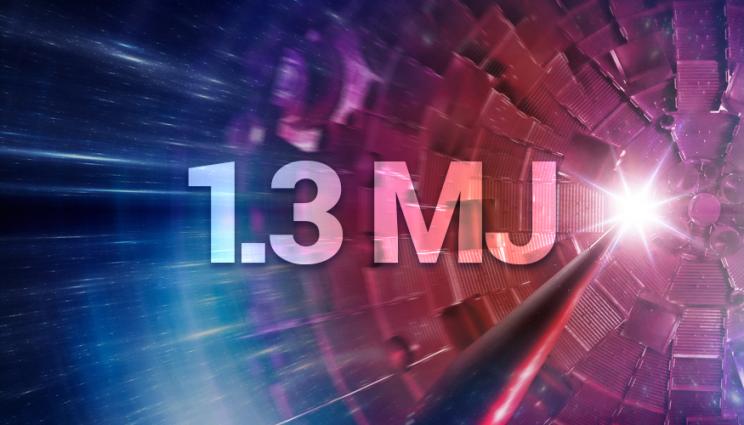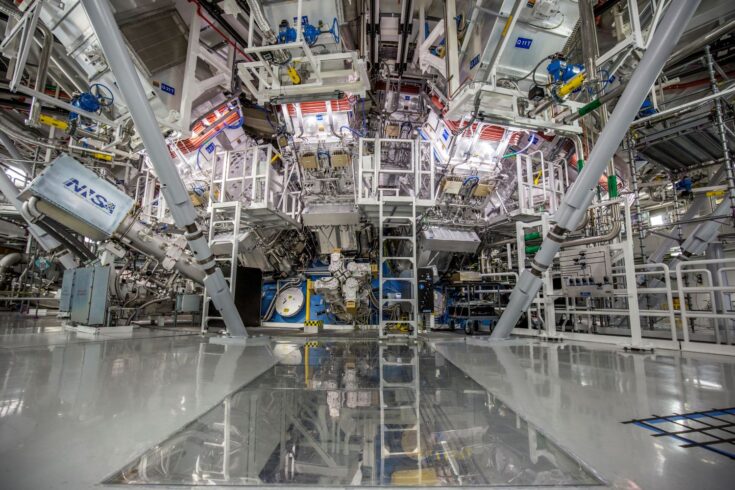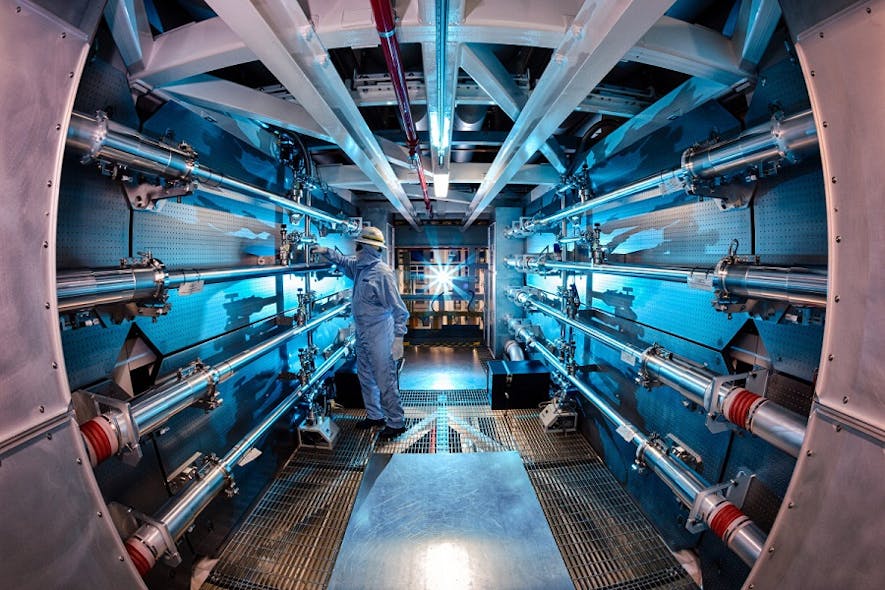The Holy Grail of Fusion Energy
"Ignition allows us to replicate for the first time certain conditions that are found only in the stars and the sun.""This milestone moves us one significant step closer to the possibility of zero-carbon abundant fusion energy powering our society.""[Fusiin ignition is] one of the most impressive scientific feats of the 21st century that] will go down in the history books."U.S. Energy Secretary Jennifer Granholm"It's almost like it's a starting gun going off.""We should be pushing toward making fusion energy systems available to tackle climate change and energy security."Professor Dennis Whyte, director, Plasma Science and Fusion Center, Massachusetts Institute of Technology
 |
| An experiment at the National Ignition Facility put researchers at the threshold of fusion ignition, achieving a yield of more than 1.3 megajoules — an 8X improvement over experiments conducted in spring 2021 and a 25X increase over NIF’s 2018 record yield. Credit: John Jett, LLNL. |
Unbelievable force is required to produce fusion; pressing hydrogen atoms against themselves to the extent that they are forced to combine into helium, the process releasing enormous bursts of energy and heat, with no radioactive waste resulting. Now, for the first time, earlier in the week scientists announced success in producing more energy in a fusion reaction than was used for ignition, representing a major breakthrough in the long search to harness the very process that powers the sun.
Net energy gain has been horrendously difficult to produce simply because fusion occurs at an impossibly high temperature and pressure, creating control difficulties of incredible proportion. This announced breakthrough in the process is expected to usher the world toward new advancements and the future of clean power.
 |
| Livermore Lab |
This first by researchers at the Lawrence Livermore National Laboratory in California where the result was achieved is ground-breaking in the world's search for a new, clean and powerful energy source. There are "very significant hurdles" on the way to achieving commercial use of fusion technology, cautioned Kim Budil, director of the Livermore Lab. Advances in the technology most recently however, signifies that it may be "a few decades" rather than the previously anticipated 50 or 60 years to achieve.
Decades of research and billions have been invested into fusion to produce these exhilarating results. It took a total of 192 lasers and temperatures multiple times hotter than the centre of the sun to create an extremely brief fusion reaction that resulted in success by researchers at the National Ignition Facility, the division of Lawrence Livermore that held the laboratory where the experiment succeeded and where the lasers focused enormous heat on a metal can resulting in a superheated environment where fusion could occur.
Professor Riccardo Betti of University of Rochester, an expert in laser fusion, warned of a long journey before net energy gain can lead to sustainable electricity, likening the breakthrough to the era when it was first realized that refining oil into gasoline and igniting it could produce an explosion. "You still don't have the engine, and you still don't have the tires", he said. "You can't say that you have a car."
 |
| EnergyTech |
Labels: Fusion Energy, Lawrence Livermore National Laboratory, National Ignition Facility, Powering the Sun

0 Comments:
Post a Comment
<< Home